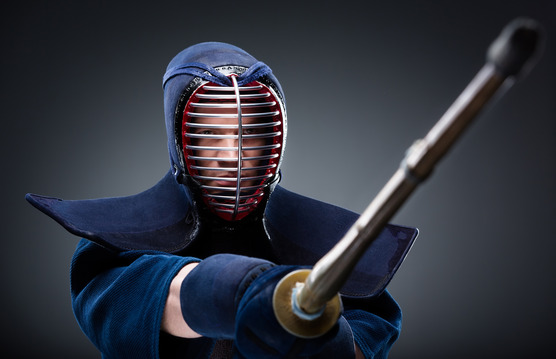For our first blog we’ll start with an overview of the art. For those of you who may be newcomers to the practice of Kendo we’ll enlighten you on the basics and some basic terminology. Some of you may already know what we will discuss here so bear with us and keep an eye out for our upcoming blogs on recommended samurai katanas, clothing apparel, styles, and more. Well let’s jump in…
What is Kendo?
Kendo means “the way of the sword”. It is a modern day form of what was previously called kenjutsu (real fight with real swords). It is a form of martial arts that involves the use of a bamboo training sword called a shinai. During training the non-lethal shinai is used, however the warriors of the past used much more lethal sword called a ‘katana‘.
What does it take?
Kendo can be a somewhat strenuous sport since it is very physical. With short but quick and consistent jolts forward and backward it requires a certain level of stigma. Aside from being physically challenging/rewarding it is also cognitively challenging. Much obedience is needed and there are a lot of commands and movements that must be memorized.
Where do I train?
Kendo training is performed in a ‘Dojo‘ (what some would consider a classroom). A dojo is a place of training for this martial arts style, usually a large room with the ability to teach large amounts of students at once and allow for room to fence with one another. These facilities are located all over the world and can be found by using the Dojos website in the sources section below.
Where does Kendo come from?
Kendo is a modern day version of the historical Kenjutsu. It originates from Japan where the first accounts of sword fighting used a Bokken (solid wooden sword). Throughout history there have been many variants on the art.
There is a very high-level and summarized version of what kendo is. As we continue to develop new blogs we’ll try to dig deeper into each element, however for our first blog we wanted to keep it very brief.
Source:
http://katanaswordreviews.com/
